Struggling to keep people watching your TikTok or Reels? You’re not alone. With endless scrolling, capturing attention is tougher than ever.
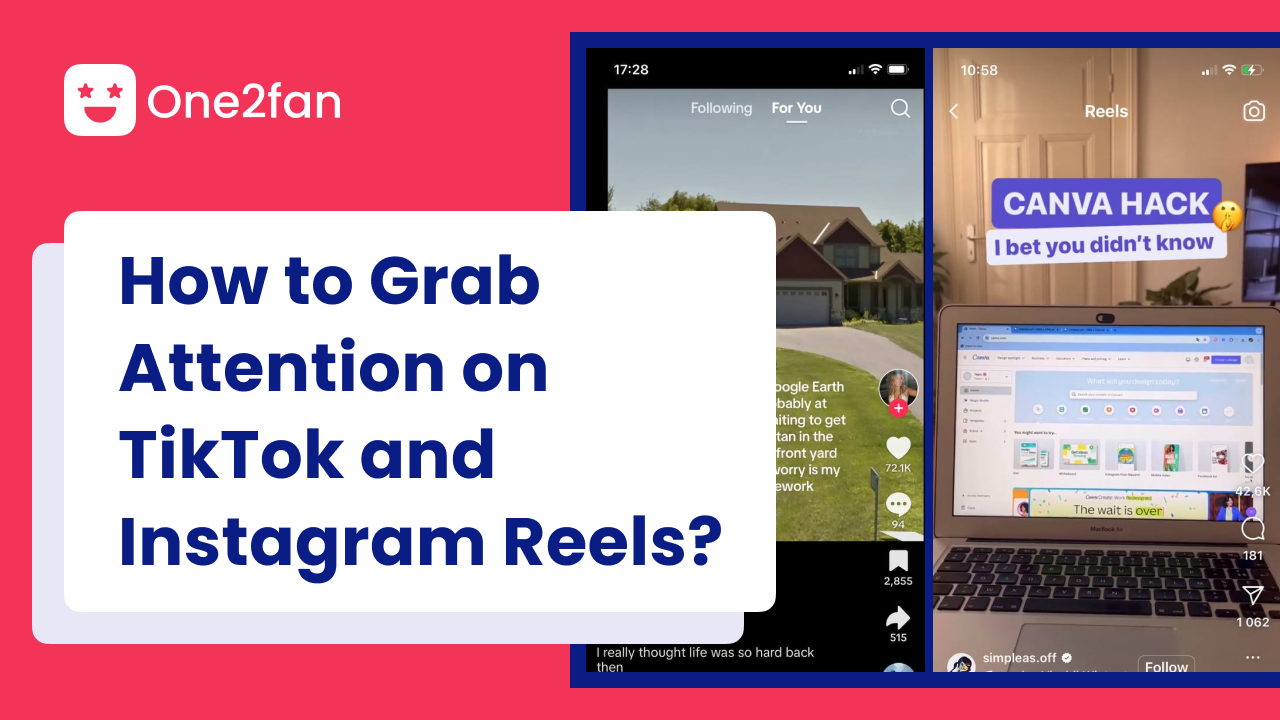
In the world of short videos, your hook is the first thing your audience sees and it can make or break your video’s success. A powerful hook grabs viewers in seconds, boosts engagement, and keeps them watching until the end. It’s the key to growing your audience and getting noticed.
In this article we are going to explore:
- What is a Hook?
- What Hook Attracts the Audience?
- How to Create a Perfect Hook?
- How to Make Your Hook Stand Out?
Want to learn all about the hooks and level up your content? Let’s dive in! 🔥
What Is a Hook?
In the fast-paced world of TikTok and Instagram Reels, the first few seconds of your video are the most important. These platforms are full of endless content, and people are scrolling quickly. If you don’t grab their attention right away, they’ll simply move on. This is where the hook comes in.
A hook is the very beginning of your short video – the phrase, action, or visual that grabs someone’s attention. It’s the “wow” moment or the “wait, what?” moment that makes viewers stop scrolling and start watching.
A hook is the very beginning of your short video – the phrase, action, or visual that grabs someone’s attention. It’s the “wow” moment or the “wait, what?” moment that makes viewers stop scrolling and start watching.
A good hook immediately makes the viewer curious, excited, or interested. It gives them a reason to keep watching your video instead of moving on to the next one. Think of it like the opening line of a great book – it sets the tone and pulls people in.
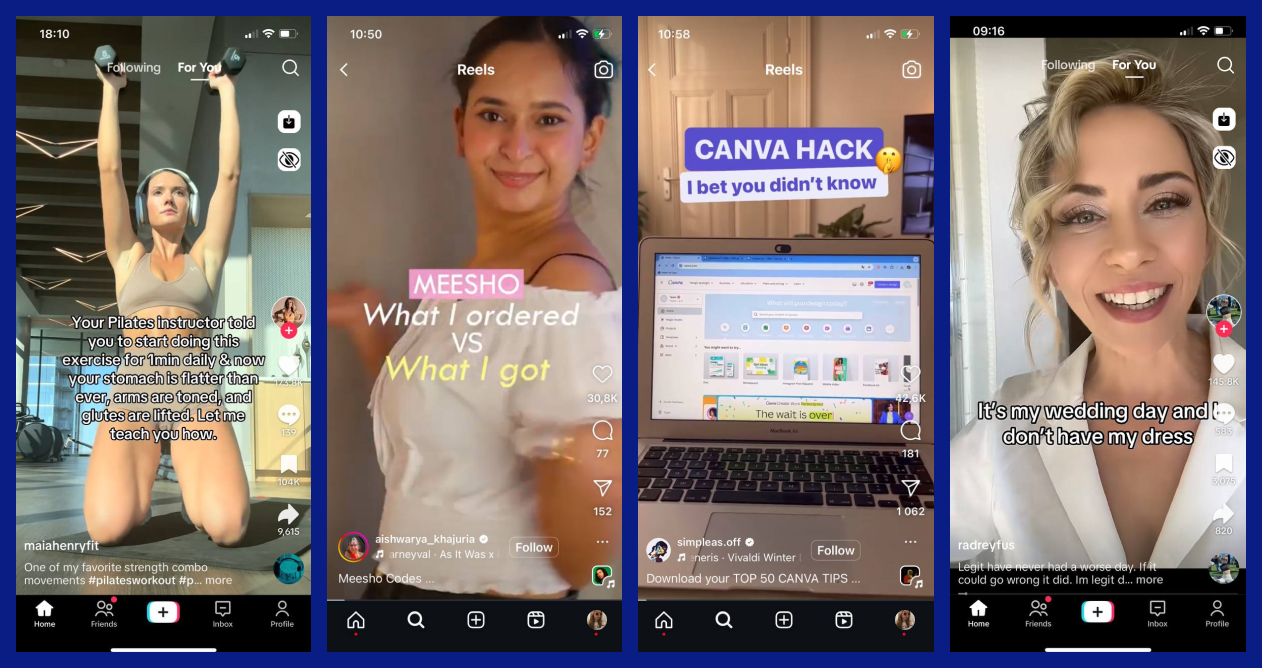
Here’s how a hook works:
- Catches Attention: The hook interrupts the viewer’s scrolling and makes them focus on your video.
- Keeps Them Watching: Once they’re intrigued, they’ll stay to see what happens next.
- Boosts Engagement: Videos with strong hooks tend to get more likes, comments, and shares because they hold viewers’ interest.
Without a good hook, even a great video can go unnoticed. People won’t see your funny moment, cool transformation, or useful tip if they swipe away too soon.
Remember that TikTok and Instagram algorithms prioritize videos that keep people engaged. A strong hook can help your video get shown to more people, increasing your chances of going viral or growing your audience.
Remember that TikTok and Instagram algorithms prioritize videos that keep people engaged. A strong hook can help your video get shown to more people, increasing your chances of going viral or growing your audience.
If you want to learn more about the TikTok algorithm, be sure to check our article How to Go Viral on TikTok?
You also can be interested in better understanding of how Instagram algorithm works. Read our article: What are Instagram Reels and how to use them?
A hook is your golden ticket to capturing attention, boosting watch time, and increasing engagement. Ready to learn how to create powerful hooks? ✨
What Hooks Attract Audiences?
Creating a strong hook doesn’t mean reinventing the wheel every time. Many successful hooks fall into common categories that work well for TikTok and Instagram Reels. These types of hooks grab attention quickly and keep viewers engaged, no matter your content niche.
Let’s explore some popular hooks, why they work, and how you can use them.
Let’s explore some popular hooks, why they work, and how you can use them.
1. The Bold Statement Hook
This type of hook starts with a strong or surprising claim that makes viewers curious.
Examples:
Bold statements challenge people or offer them something new, sparking their curiosity. Viewers will want to watch to confirm if what you’re saying is true or learn more about your claim.
Examples:
- "You’re doing this wrong!"
- "This is the best tip you’ll hear today."
- "I bet you didn’t know this about [topic]."
Bold statements challenge people or offer them something new, sparking their curiosity. Viewers will want to watch to confirm if what you’re saying is true or learn more about your claim.
2. The Question Hook
Opening with a question makes viewers think and feel personally involved.
Examples:
Questions encourage viewers to answer in their heads, which keeps them mentally engaged. If the question is relevant to their interests, they’ll stay to see your answer.
Examples:
- "Have you ever wondered why...?"
- "Do you know the secret to [result]?"
- "What would you do if this happened to you?"
Questions encourage viewers to answer in their heads, which keeps them mentally engaged. If the question is relevant to their interests, they’ll stay to see your answer.
3. The Promise Hook
This hook tells viewers they’ll get something valuable if they watch your video.
Examples:
Promises appeal to viewers' desire for solutions. If they believe your video will help them or make their life easier, they’ll stick around to see how.
Examples:
- "Here’s how to grow your followers overnight."
- "Watch this to save time on [task]."
- "I’ll show you how to get results fast."
Promises appeal to viewers' desire for solutions. If they believe your video will help them or make their life easier, they’ll stick around to see how.
4. The Shock or Surprise Hook
This type of hook uses an unexpected visual, phrase, or action to catch attention.
Examples:
Surprises interrupt the usual flow of content people see while scrolling. Viewers naturally want to know what happens next when something unexpected occurs.
Examples:
- Starting your video with a dramatic transformation.
- Showing a jaw-dropping stunt or moment.
- Saying something surprising, like "I almost gave up until this happened."
Surprises interrupt the usual flow of content people see while scrolling. Viewers naturally want to know what happens next when something unexpected occurs.
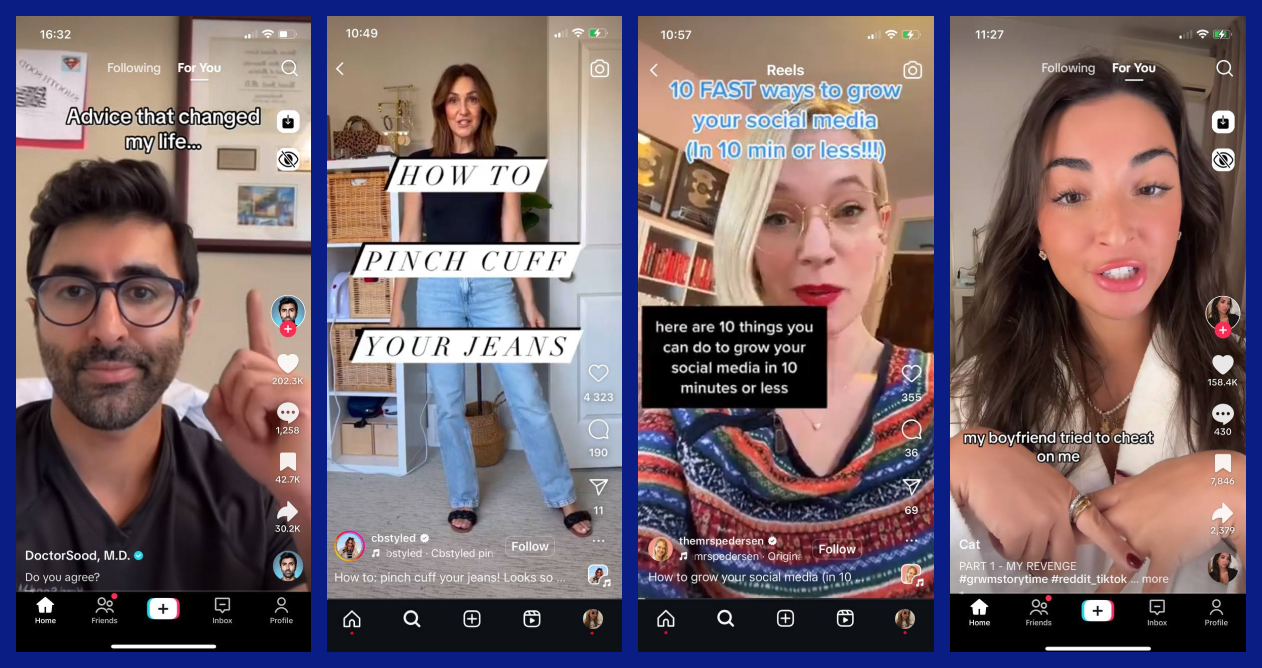
5. The Relatable or Emotional Hook
This hook taps into emotions or shared experiences to connect with viewers.
Examples:
Emotional and relatable hooks make viewers feel understood. If they see themselves in your story or situation, they’ll want to watch more to feel connected.
Examples:
- "If you’ve ever felt like giving up, watch this."
- "This is for anyone who loves [niche/interest]."
- "I was just like you before I learned this."
Emotional and relatable hooks make viewers feel understood. If they see themselves in your story or situation, they’ll want to watch more to feel connected.
6. The Trending Hook
Using a popular trend, sound, or meme as a hook ensures instant recognition.
Examples:
Viewers are already familiar with trending formats, so they’re more likely to stop and watch something they recognize. It also boosts your chances of being featured in trend-related searches.
Examples:
- Starting your video with a trending sound or hashtag.
- Using popular templates, such as the “Wait for it...” format.
- Mimicking viral challenges but adding your twist.
Viewers are already familiar with trending formats, so they’re more likely to stop and watch something they recognize. It also boosts your chances of being featured in trend-related searches.
7. The Visual Hook
This type of hook relies on eye-catching visuals to stop viewers in their tracks.
Examples:
People process visuals faster than text or speech. A striking image or action can hook someone even before they hear what you’re saying.
Examples:
- Starting with a colorful or unusual scene.
- Showing the “after” result before explaining the “before.”
- Using fast, exciting edits or motion to grab attention.
People process visuals faster than text or speech. A striking image or action can hook someone even before they hear what you’re saying.
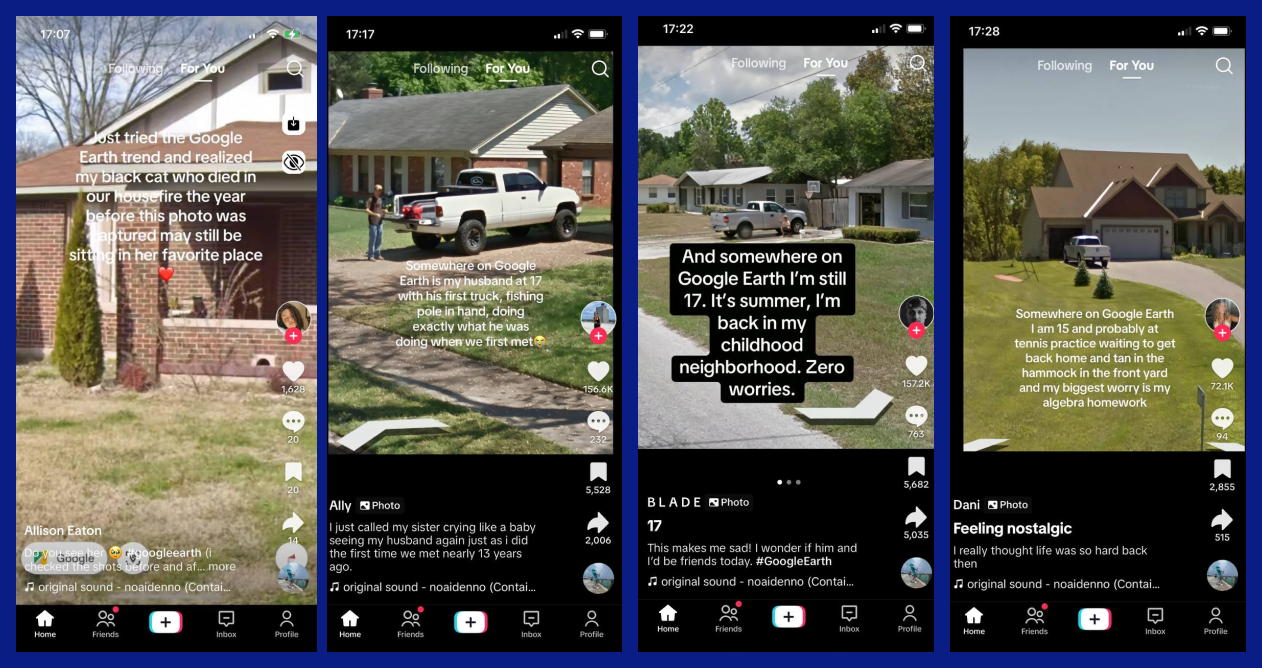
All these hooks have one thing in common: they appeal to human curiosity and emotion. They trigger an immediate reaction, whether it’s curiosity, surprise, or recognition. Once viewers are hooked, they’re more likely to stay, engage, and share your video.
No matter which type of hook you use, make sure it’s relevant to your content and audience. The best hooks feel natural and leave viewers eager to see what comes next. Ready to start crafting your own hooks?
How to Create a Perfect Hook for your Audience?
Crafting a hook that truly grabs attention takes a bit of thought and creativity. The secret is to know who you’re talking to and what will make them stop scrolling.
Here’s a step-by-step guide to help you create hooks that work perfectly for your audience.
Here’s a step-by-step guide to help you create hooks that work perfectly for your audience.
Step 1: Know Your Audience
Before creating your hook, ask yourself: Who am I making this video for?
Think about your followers' interests, age, and habits. Are they teens who love humor and trends? Or young professionals looking for quick tips? Understanding your audience helps you create hooks that match what they care about.
Think about your followers' interests, age, and habits. Are they teens who love humor and trends? Or young professionals looking for quick tips? Understanding your audience helps you create hooks that match what they care about.
Tips for identifying your audience:
- Check your social media analytics to learn about your followers' age, location, and activity.
- Read comments and messages to see what your audience enjoys about your content.
- Think about the type of people who would benefit most from your niche.
Example:
If your audience is into fitness, they’ll likely respond to a promise like, “Here’s how to get abs in 5 minutes a day!”
If your audience is into fitness, they’ll likely respond to a promise like, “Here’s how to get abs in 5 minutes a day!”
To be able analyze the audience better, check our article: How to go viral on TikTok?
Step 2: Match Your Hooks to Your Niche
Your niche defines the style and tone of your hooks. A good hook for a fashion creator will look very different from a hook for a tech or fitness creator.
Consider these niche examples:
Matching your hook to your niche makes it more relevant to your audience and keeps your content consistent with your personal brand.
- Fashion: “This one accessory can transform your outfit!”
- Fitness: “The one mistake you’re making at the gym.”
- Lifestyle: “5 hacks to make your life easier today.”
Matching your hook to your niche makes it more relevant to your audience and keeps your content consistent with your personal brand.
Step 3: Speak Your Audience’s Language
The words, tone, and visuals you use should resonate with your followers. If your audience is casual and fun-loving, keep your tone light. If they’re looking for expert advice, make your tone confident and informative.
Tips for using the right language:
- Use slang or phrases your audience understands.
- Keep it simple and clear — especially for non-native speakers.
- Use inclusive language that makes your viewers feel seen.
Example:
Instead of saying, “Optimize your nutrition for peak results,” say, “Here’s how to eat smarter and feel better.”
Instead of saying, “Optimize your nutrition for peak results,” say, “Here’s how to eat smarter and feel better.”
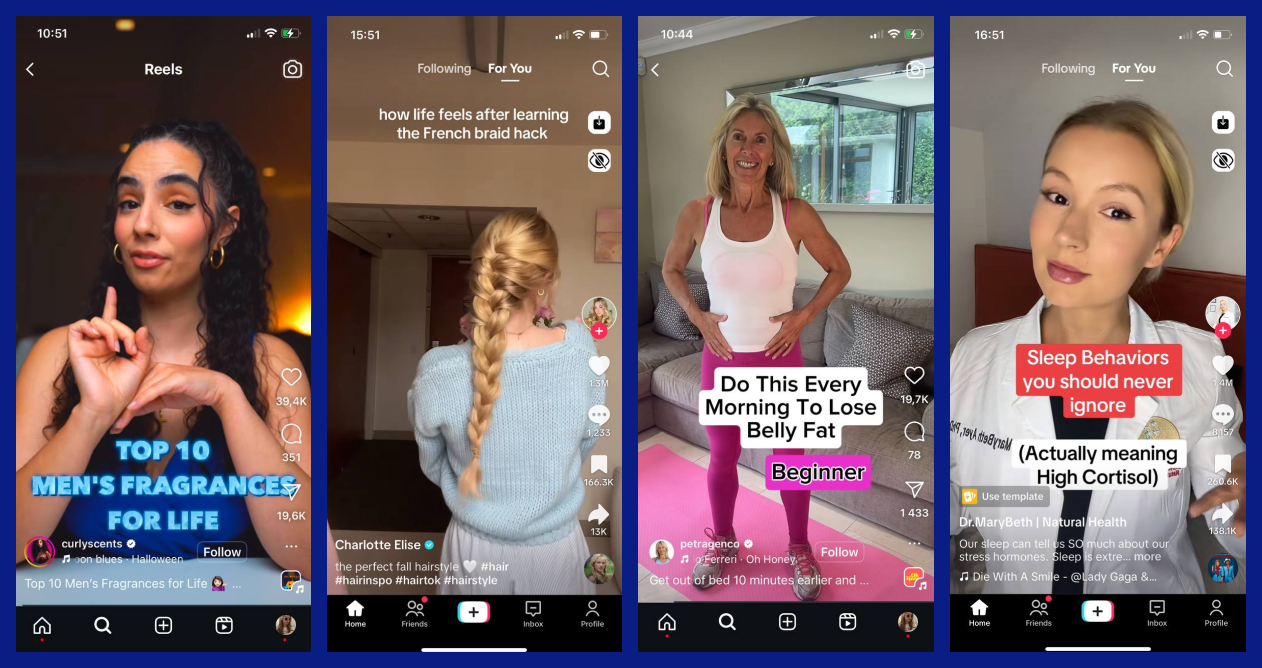
Step 4: Use Attention-Grabbing Visuals
Sometimes, visuals speak louder than words. Start your video with something exciting, colorful, or unexpected to hook your viewers right away.
Examples of strong visual hooks:
- A quick outfit change for fashion creators.
- A dramatic before-and-after transformation.
- A stunning landscape or action shot if you’re on a trip or adventure.
Your visuals should not only grab attention but also fit the overall message of your video.
Step 5: Solve a Problem or Offer Value
People love videos that promise to solve a problem or teach them something useful. Your hook should make it clear why they’ll benefit from watching the rest of your video.
Example hooks that offer value:
- “Struggling with messy cables? Try this!”
- “The best way to make your mornings stress-free.”
- “Here’s the trick to perfect eyeliner every time.”
Value-based hooks work because they give viewers a reason to stay—and they often come back for more!
Step 6: Test and Learn
Not every hook will work perfectly the first time. That’s okay! Experiment with different styles, track the performance of your videos, and adjust your hooks based on what gets the most views and engagement.
How to track success:
- Check watch time: Are people staying past the first few seconds?
- Analyze comments: Are viewers responding positively to your hooks?
- Experiment with different formats to see what works best.
Creating a perfect hook is all about knowing your audience, staying true to your niche, and offering value right away. By using the right words, tone, and visuals, you can make your videos irresistible and keep your viewers coming back for more.
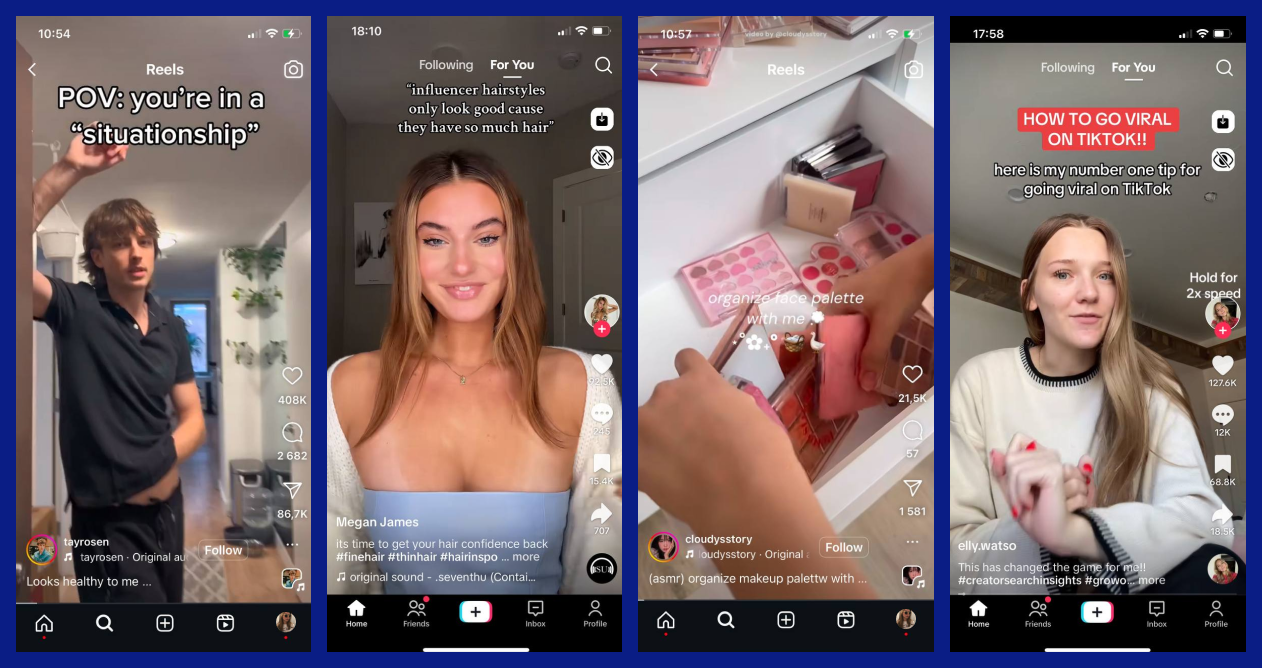
How to Make Your Hooks Stand Out?
The goal is to grab attention and make sure your audience stays with you. Here’s how to create hooks that pop and keep viewers glued to your video.
• Keep It Short and Impactful
Your hook should hit hard in the first 5-7 seconds. People scroll quickly, so you have to make your message clear and exciting right away. Use direct, action-driven language like “Watch this!” or “Don’t miss this tip!”
Focus on one main idea or question: don’t overload with too much information. Start with an action, visual, or sound that surprises or excites viewers.
Focus on one main idea or question: don’t overload with too much information. Start with an action, visual, or sound that surprises or excites viewers.
• Use Captions or Text Overlays
Not everyone watches videos with sound, especially on social media. Adding captions or bold text overlays helps reinforce your hook and grabs attention immediately.
Use big, easy-to-read fonts in colors that contrast with your background and use dynamic animations to make your captions visually engaging. Place the text near the center of the frame to make it stand out.
Use big, easy-to-read fonts in colors that contrast with your background and use dynamic animations to make your captions visually engaging. Place the text near the center of the frame to make it stand out.
• Combine Strong Visuals with Intriguing Audio
A great hook is a blend of eye-catching visuals and sounds that make viewers curious. Pair your opening shot with trending sounds, dramatic voiceovers, or catchy music to create a memorable first impression.
Use TikTok’s trending sounds for instant relatability.
Use TikTok’s trending sounds for instant relatability.
• Match the Hook to Your Vibe
Your hooks should reflect your personal style and the type of content you create. Whether you’re funny, informative, or inspiring, let your personality shine through.
If you’re funny, use humor or sarcasm in your opening line. If you’re inspiring, start with a motivational quote or question. If you’re informative, promise quick and useful information, like “5 tips in 60 seconds.”
If you’re funny, use humor or sarcasm in your opening line. If you’re inspiring, start with a motivational quote or question. If you’re informative, promise quick and useful information, like “5 tips in 60 seconds.”
Making your hooks stand out is all about creativity and understanding what resonates with your audience. Keep it short, use engaging visuals and audio, and don’t be afraid to let your personality shine. The more you experiment, the more you’ll discover what works best for your unique style.
A good hook isn’t just about grabbing attention — it’s about connecting with your audience and making them stay for more. It also sets the tone for your entire video.
By understanding your audience, tailoring your message to your niche, and experimenting with visuals, captions, and audio, you’ll create hooks that truly stand out. Remember, the first few seconds are your golden opportunity to shine, so use them wisely.
Start brainstorming, test different ideas, and most importantly, have fun! Your next viral hit could just be one great hook away.
By understanding your audience, tailoring your message to your niche, and experimenting with visuals, captions, and audio, you’ll create hooks that truly stand out. Remember, the first few seconds are your golden opportunity to shine, so use them wisely.
Start brainstorming, test different ideas, and most importantly, have fun! Your next viral hit could just be one great hook away.




